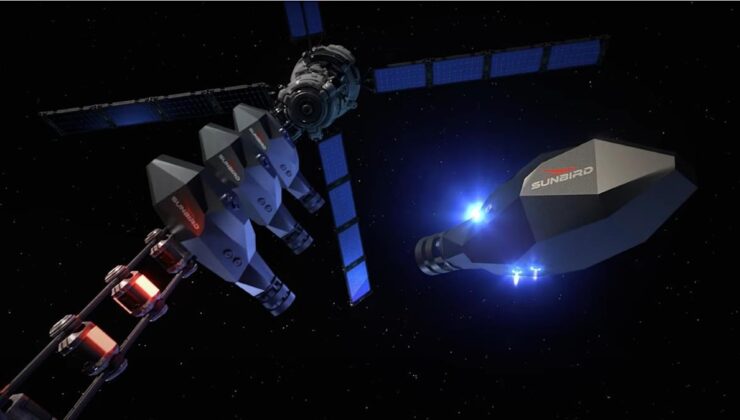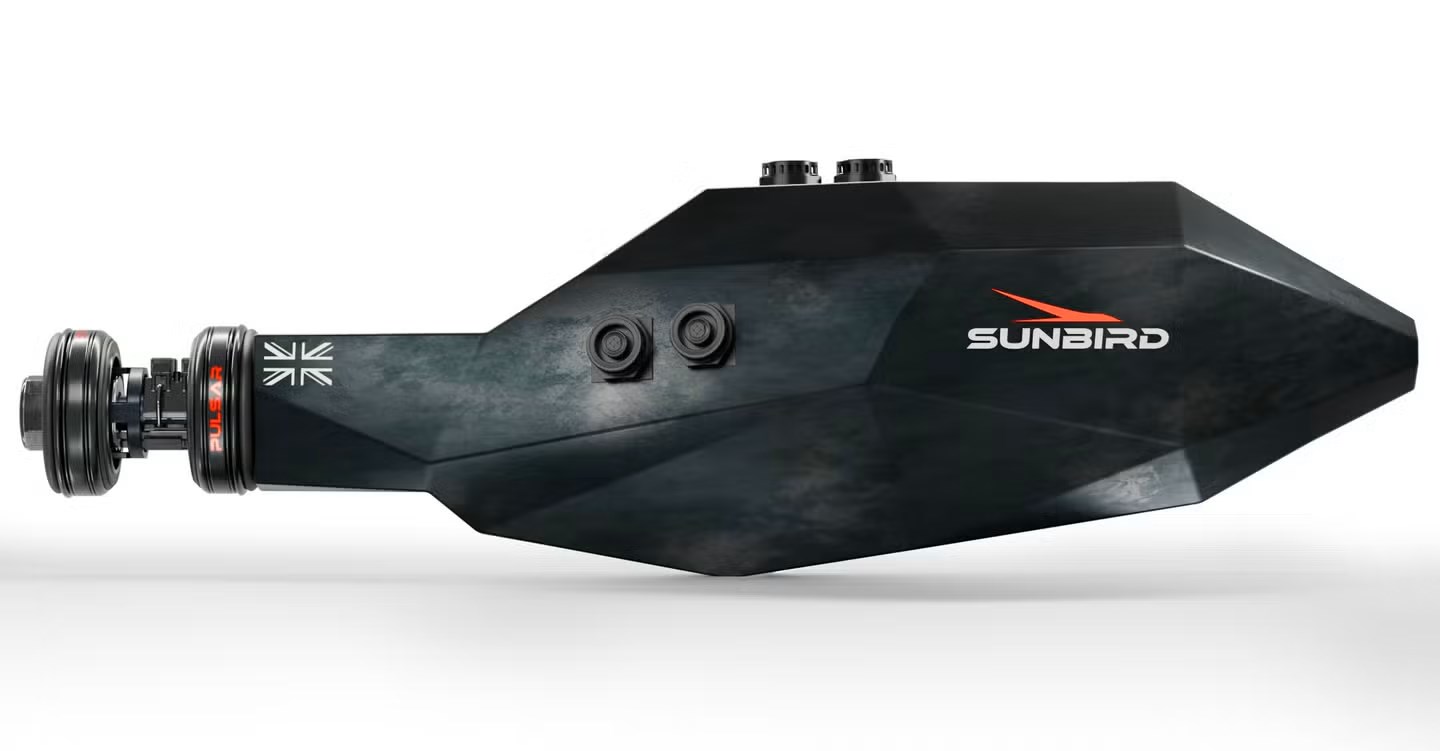

In a groundbreaking endeavor, UK-based space technology pioneer Pulsar Fusion is set to revolutionize interplanetary travel with its cutting-edge rocket, the Sunbird. Powered by nuclear fusion, this project aims to drastically reduce the travel time to Mars, cutting the journey from approximately nine months to just four months.

The Sunbird rocket boasts an impressive theoretical speed of 500,000 kilometers per hour (about 329,000 miles per hour), potentially making it the fastest self-propelled spacecraft ever engineered. Unlike NASA’s Parker Solar Probe, which achieved higher velocities by leveraging the Sun’s gravitational forces, Sunbird is designed to reach these speeds independently.
Dubbed an interplanetary tugboat, the Sunbird is engineered to dock with other spacecraft in orbit, imparting its fusion-powered velocity. This innovative approach promises significant logistical, financial, and safety benefits for both crewed and unmanned missions, making the prospect of a four-month journey to Mars a tangible reality. Moreover, this technology could slash a trip to Pluto to just four years.

The Sunbird’s prowess lies in its exceptional specific impulse, ranging from 10,000 to 15,000 seconds, and its power output of 2 MW. This is made possible by the rocket’s propulsion system, known as the Dual Direct Fusion Drive (DDFD), which simultaneously generates thrust and electrical power using deuterium and helium-3 as fuel.
Pulsar Fusion plans to initiate the first orbital tests of the DDFD system by late 2025, with the ambitious milestone of achieving a successful nuclear fusion reaction in space set for 2027. This visionary company envisions a production-ready Sunbird operational by the 2030s, heralding a new era in space exploration.
ENGLİSH
5 gün önceSİGORTA
5 gün önceSİGORTA
5 gün önceSİGORTA
8 gün önceSİGORTA
10 gün önceSİGORTA
10 gün önceDÜNYA
19 gün önce 1
Elon Musk’s Father: “Admiring Putin is Only Natural”
11568 kez okundu
1
Elon Musk’s Father: “Admiring Putin is Only Natural”
11568 kez okundu
 2
xAI’s Grok Chatbot Introduces Memory Feature to Rival ChatGPT and Google Gemini
10610 kez okundu
2
xAI’s Grok Chatbot Introduces Memory Feature to Rival ChatGPT and Google Gemini
10610 kez okundu
 3
Minnesota’s Proposed Lifeline Auto Insurance Program
9484 kez okundu
3
Minnesota’s Proposed Lifeline Auto Insurance Program
9484 kez okundu
 4
Introducing Vivo Y300 Pro+: A Blend of Power and Affordability
7421 kez okundu
4
Introducing Vivo Y300 Pro+: A Blend of Power and Affordability
7421 kez okundu
 5
What’s New in iOS 19: Updates and Compatibility
6185 kez okundu
5
What’s New in iOS 19: Updates and Compatibility
6185 kez okundu
Veri politikasındaki amaçlarla sınırlı ve mevzuata uygun şekilde çerez konumlandırmaktayız. Detaylar için veri politikamızı inceleyebilirsiniz.